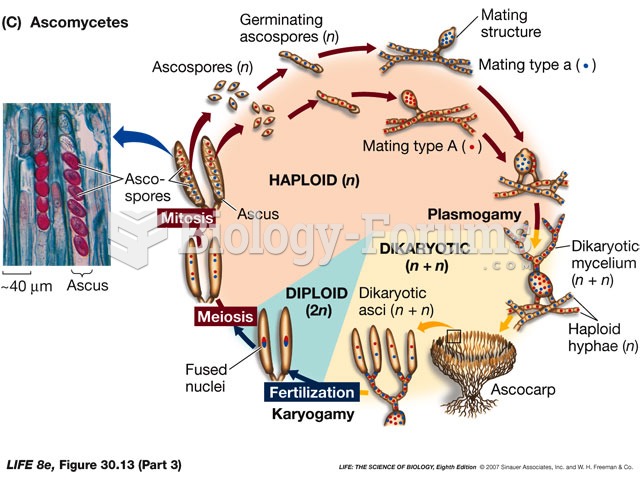Perhaps the most important difference in life chances involves life itself. In 1992, men in the United States could expect to live 72.3 years and women 79.1 years. On the average, then, women live seven years longer than men. Although part of this difference is probably biological, the social contribution to differential life expectancy begins at a very early age and continues through the life course. At high school and college ages, males are nearly three times more likely then females to die. To a significant extent, this difference has to do with the more dangerous lifestyle (particularly drinking and driving) associated with masculinity in our culture. The sex differential in life expectancy is more complex than the greater risk taking of young men, however. Even at the earlier ages just mentioned, men are more likely than women to die of cancer or heart disease. Consider men's disadvantage in heart disease, for example. Evidence suggests that men have this disadvantage not because they experience more stress than women but because, under the same levels of stress, they are more vulnerable to heart disease than women. Current thinking attributes men's greater risk of heart disease at least partly to the male gender role's low emphasis on nurturance and emotional relationships. Where women's personalities and relationship characteristics seem to protect them from this consequence of stress, lack of social support appears to leave men especially vulnerable to stress-related diseases. This suggests that, despite increasing female participation in politics and the labor force, women's life expectancy will continue to remain substantially higher than men's. The sex differential in mortality is likely to decline only when differences in personality and dispositions are reduced What is the relationship between the last 2 sentences of the passage?
a. spatial order
b. cause and effect
c. comparison
d. example
Question 2
Perhaps the most important difference in life chances involves life itself. In 1992, men in the United States could expect to live 72.3 years and women 79.1 years. On the average, then, women live seven years longer than men. Although part of this difference is probably biological, the social contribution to differential life expectancy begins at a very early age and continues through the life course. At high school and college ages, males are nearly three times more likely then females to die. To a significant extent, this difference has to do with the more dangerous lifestyle (particularly drinking and driving) associated with masculinity in our culture. The sex differential in life expectancy is more complex than the greater risk taking of young men, however. Even at the earlier ages just mentioned, men are more likely than women to die of cancer or heart disease. Consider men's disadvantage in heart disease, for example. Evidence suggests that men have this disadvantage not because they experience more stress than women but because, under the same levels of stress, they are more vulnerable to heart disease than women. Current thinking attributes men's greater risk of heart disease at least partly to the male gender role's low emphasis on nurturance and emotional relationships. Where women's personalities and relationship characteristics seem to protect them from this consequence of stress, lack of social support appears to leave men especially vulnerable to stress-related diseases. This suggests that, despite increasing female participation in politics and the labor force, women's life expectancy will continue to remain substantially higher than men's. The sex differential in mortality is likely to decline only when differences in personality and dispositions are reduced What is the relationship between parts of the following sentence? Where women's personalities and relationship characteristics seem to protect them from this consequence of stress, lack of social support appears to leave men especially vulnerable to stress-related diseases.
a. example
b. simple listing
c. cause and effect
d. contrast







